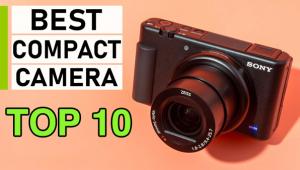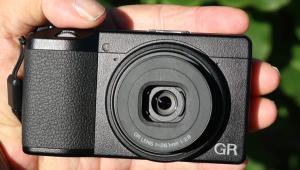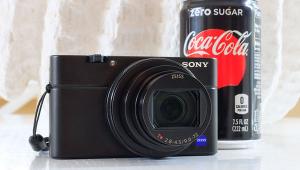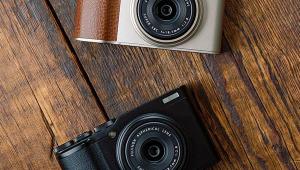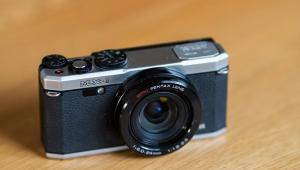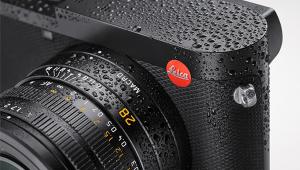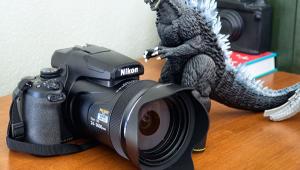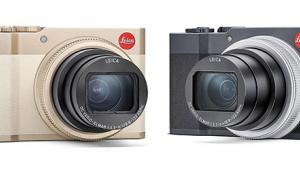Fujifilm X-S1 Camera Review
The X-S1 is Fujifilm’s newest bridge camera based on the same large EXR sensor (2/3 in) used in the company’s X-10 camera. The camera offers an extreme zoom lens (26x) for a (35mm equivalent) range of 24mm-624mm. An optical image stabilizer aids in preventing motion blur when using the extreme tele setting or shooting under low light conditions.

The camera has two lens rings to change focal length and focusing. The focal length is changed mechanically, while the focus ring controls a servo system. The large focal length ring is very handy, but the smaller focus ring is very thin and located directly on the front of the body, which we felt didn’t make its use as comfortable as we would like.

The camera offers a large LCD monitor on the back. It can be flipped upwards and downwards, but isn’t fully articulated as it cannot rotate to the side. The monitor offers a resolution of 460,000, standard resolution for current cameras. The resolution of the electronic viewfinder, however, is very high, offering 1.4 million RGB dots, thus a very crisp and clear image.

The X-S1 film simulation shooting modes mimic the color and contrast of Fufifilm’s analog films like Provia, Velvia, Astia (and images taken with black and white film with yellow or orange filters.) The “standard” setting is the Provia emulation.
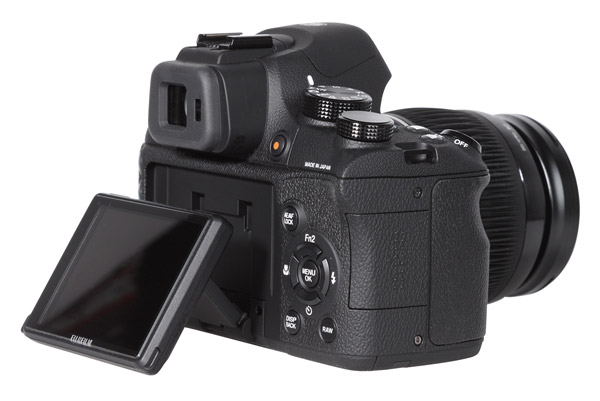
The camera offers all the Fujifilm EXR modes. One mode uses pixel binning to reduce noise artifacts (but also lowers resolution) while a second will shoot two images and combine them to gain a higher dynamic range.

The camera offers Full HD video with 1920 x 1080 pixels and 30 frames per second. It offers additional slow motion modes which will record up to 200 frames per second. The resolution is reduced when using these high speed modes (640x480 pixels/70 fps; 320x240pixels/120fps; 320x112pixels/200fps).
Image Quality
Color: The camera displayed very good results in the color tests. The test chart was reproduced with a very neutral white balance setting (automatic system): only the brightest gray pattern show a shift into the yellow and green direction. Skin tones are very fine. Dark skintones match perfectly to their given values, while brighter skin tones attain a slightly higher magenta touch. You can see this in the results of the color pattern test and in the portrait shot. The saturation of 102.4 percent is nearly perfect--only the red range displays higher saturation.


Sharpness: The resolution test results are disappointing. The extreme zoom lens systems causes chromatic aberrations, which soften the contrast lines of the resolution test charts. That’s the reason why the camera gained 1867 lines in picture height, which is insufficient for a camera that offers a nominal resolution of 3000 lines in picture height. We noticed a “soft touch” in the images in our standard test box and portrait shots, especially in the corners of the image. The test box shot was done with a standard focal length of about 50mm; for the portrait shot we used 90-100mm.
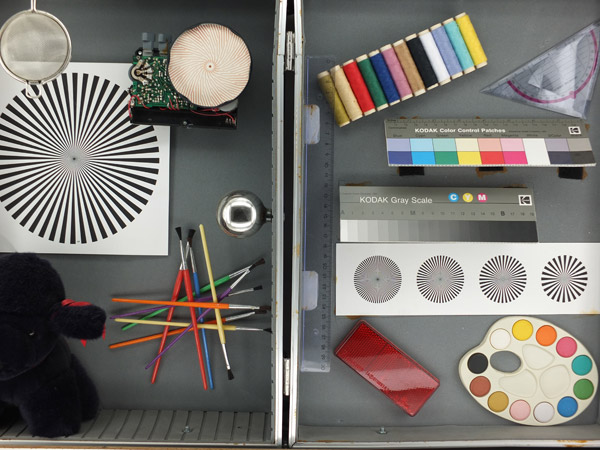
Noise: The camera uses a large sensor and EXR technology. The noise results are very good, albeit with a slightly high luminance noise level even in shots taken with ISO 100. The camera uses an intelligent filtering system to prevent color noise. You will notice color clouds in homogenous color areas in images taken with ISO 1600 and higher.
The camera showed a very good performance in the dynamic range tests. In lower ISO speed settings it is able to produce images with a dynamic range of 11.6 f-stops, but these results decline at higher ISO speed settings.
Pro:
• Massive body, reliable handling
• Very nice color reproduction and high dynamic range
• Lens rings for zooming and focusing
• High resolution electronic viewfinder
• Swivel LCD
Contra:
• Disappointing resolution test results


